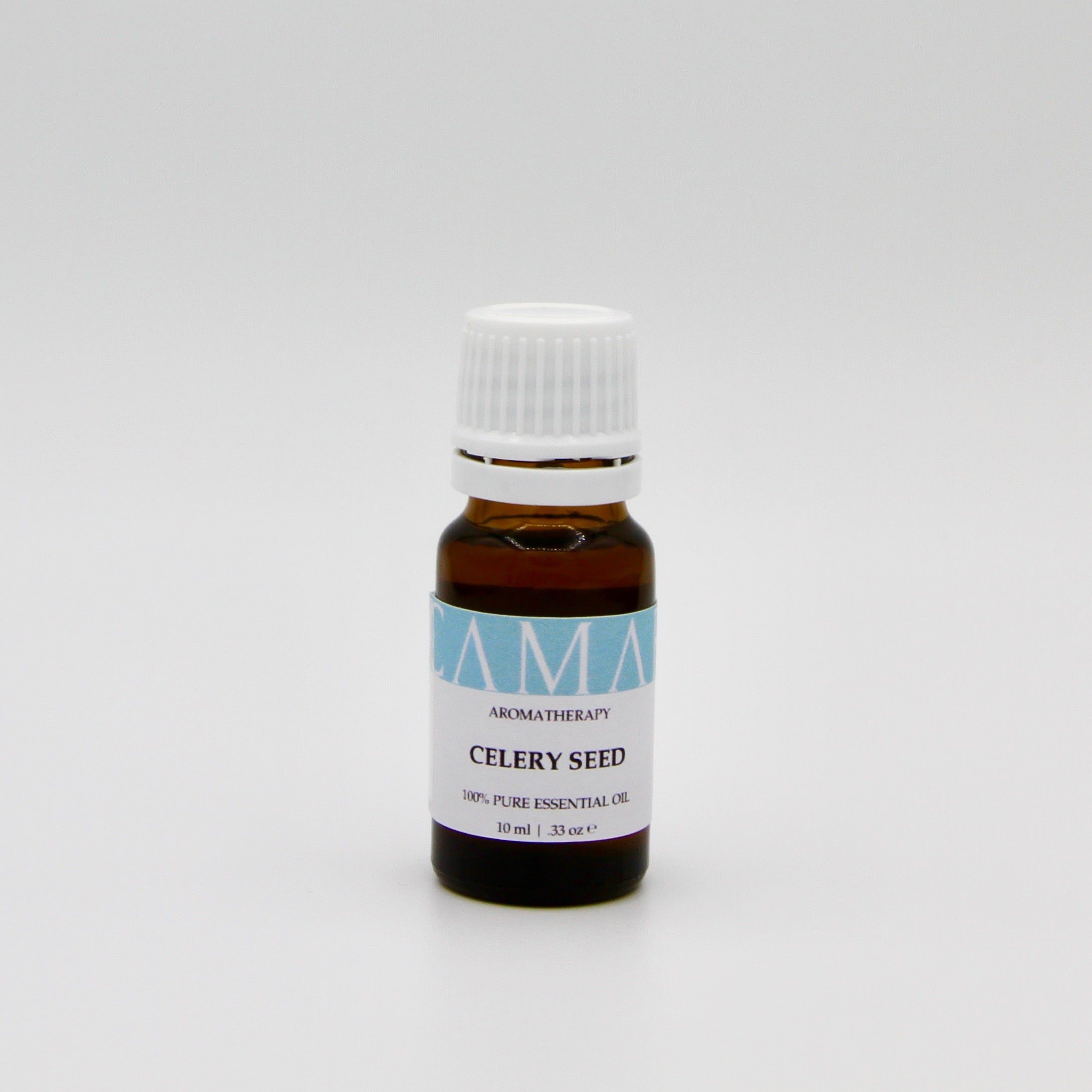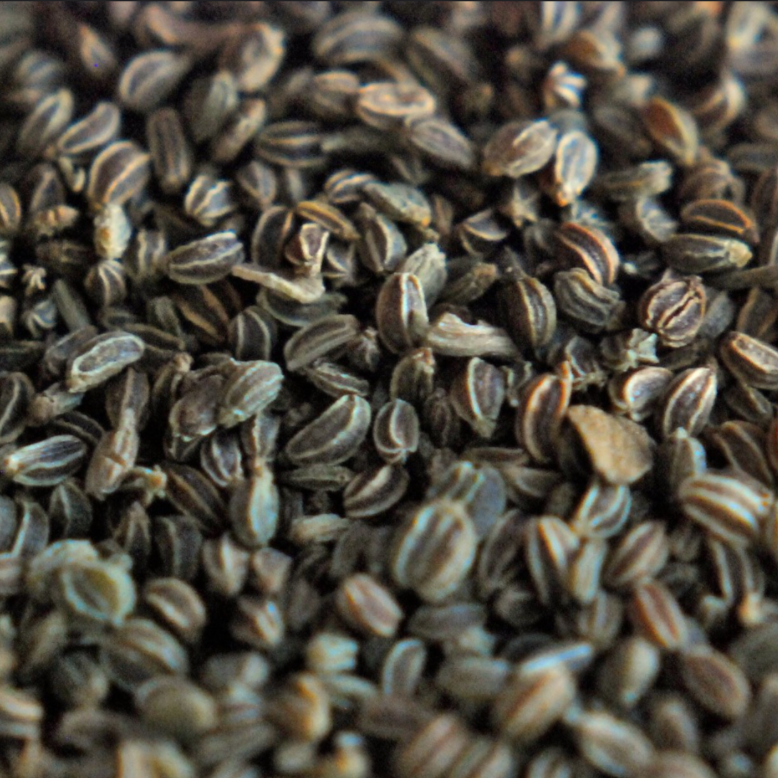

A culinary plant known around the world for garnishing, and as a staple vegetable. The seeds are extracted from the mature white flowering heads of the familiar biennial plant / vegetable that grows to around 40cm - 60cm. The stalks of the celery are collected early in the morning, and allowed to dry for a few hours. The plant material is then threshed to separate the seeds from the rest of the plant. The seeds are crushed just before being steam distilled for improved essential oil release.
The Latin origin name for Celery, is 'Celeri', meaning ‘Quick acting’. Probably first sourced from the original wild form from the areas of Egypt and Northern Africa
Widely used as a domestic spice, Celery seed has been used in treatments for the nervous system, especially neuralgia and the sciatica. Easing menstrual and digestive complaints, such as dyspepsia, flatulence, indigestion, liver, congestion, and jaundice. It is said to also help with the endocrine system, some glandular problems, amenorrhea, and cystitis. Helps to relieve rheumatoid arthritis with mental depression. It has been also suggested, that it helps with high blood pressure and cholesterol, aiding the liver, kidney and spleen functions.
Safety Precautions : Flammable.
Blends well with : Cinnamon Bark, Coriander, Clove, Lavender, Pine, Tea Tree and other Spice oils.
FACT : Roman medicine has mentioned the use of Celery seeds in pills for relieving pain. For the ancients, celery was one of the "five roots," along with asparagus, fennel, parsley and Butcher's broom, as well as one of the four lesser hot seeds. Chinese medicine acknowledged this by the 5th Century.
Choose options


